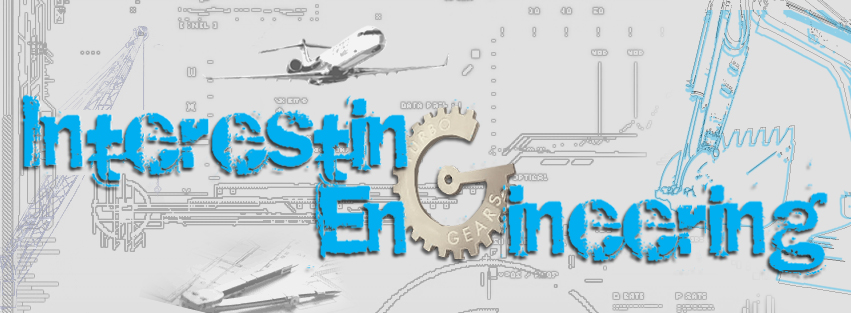The Channel Tunnel is the longest undersea tunnel in the world. The section under the sea is 38km long. The three tunnels, each 50 kilometer long, were bored at an average 40 meter below the sea bed, and link Folkestone in Kent to Coquelles in Pas-de-Calais.
Eurotunnel shuttles, Eurostar and national freight trains run in the two single track and single direction tunnels. These are connected to a central service tunnel by cross-passages situated every 375m. The service tunnel allows access to maintenance and emergency rescue teams and serves as a safe haven if passengers need to be evacuated in an incident. The service tunnel is a road tunnel used by electric and diesel-powered vehicles. Air pressure is higher in the service tunnel to prevent the ingress of smoke in case of a fire in one of the rail tunnels.
The two rail tunnels are 7.6m in diameter and 30m apart. Each rail tunnel has a single track, overhead line equipment (catenary) and two walkways (one for maintenance purposes and the other for use in the event of an emergency evacuation and on the side nearest the service tunnel). The walkways are also designed to maintain a shuttle upright and in a straight line of travel in the unlikely event of a derailment.
The service tunnel is 4.8m in diameter and lies between the two rail tunnels 15m away from each of them. In normal operations shuttles use the south tunnel in the France – UK direction, and the north tunnel when travelling from the UK to France.Two undersea crossovers bring flexibility of operation as trains can pass from one tunnel to the other during night maintenance periods to isolate a section of tunnel.
The track in each rail tunnel has two continuously welded rails laid on pre-cast concrete supports embedded in the concrete track bed.
Fixed equipment in the tunnels comes under four categories: electricity and catenary, rail track and signaling, mechanical systems and control and communications.Cooling pipes, fire mains, signalling equipment and cables are fixed to the sides of the tunnels and are fed by cooling plants at Samphire Hoe in the UK and Sangatte in France.The overhead catenary supplies traction power to the shuttles as well as to other trains using the Tunnel, e.g. Eurostar and international rail freight trains. The catenary is divided into sections, so that maintenance work can be carried out in stages. Electrical power supplying the tunnels, drainage pumps, lighting and the trains, is provided by substations on each side of the Channel. In the event of loss of power from one side, the entire system can be supplied from the other side.The fixed lighting installations can be switched on from the control centre or manually from within the tunnels. Various fire-protection and detection systems are installed at points along the length of the tunnels.
Fixed equipment in the tunnels comes under four categories: electricity and catenary, rail track and signaling, mechanical systems and control and communications.Cooling pipes, fire mains, signalling equipment and cables are fixed to the sides of the tunnels and are fed by cooling plants at Samphire Hoe in the UK and Sangatte in France.The overhead catenary supplies traction power to the shuttles as well as to other trains using the Tunnel, e.g. Eurostar and international rail freight trains. The catenary is divided into sections, so that maintenance work can be carried out in stages. Electrical power supplying the tunnels, drainage pumps, lighting and the trains, is provided by substations on each side of the Channel. In the event of loss of power from one side, the entire system can be supplied from the other side.The fixed lighting installations can be switched on from the control centre or manually from within the tunnels. Various fire-protection and detection systems are installed at points along the length of the tunnels.
For more info watch this video



No comments:
Post a Comment